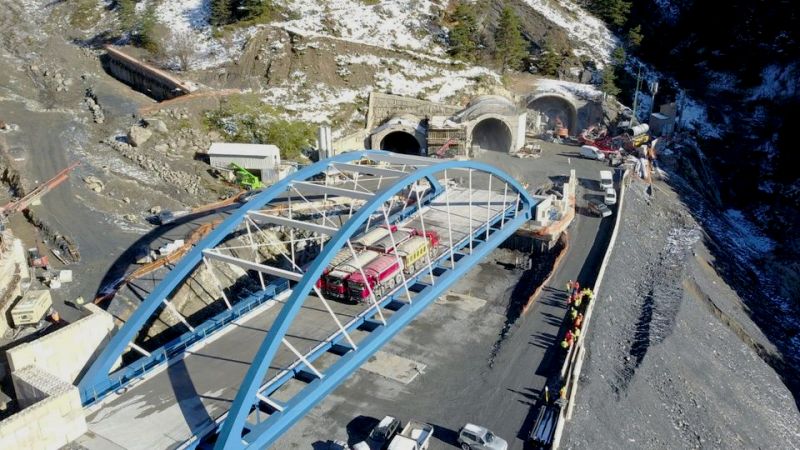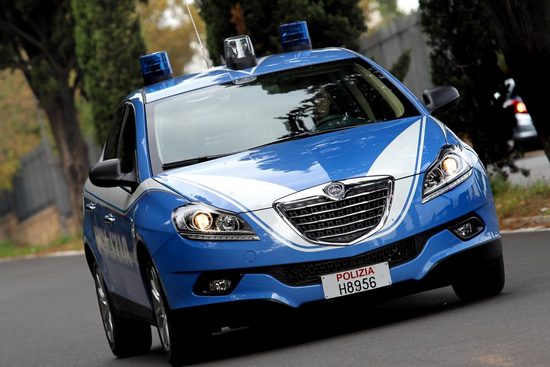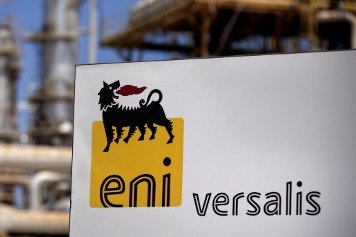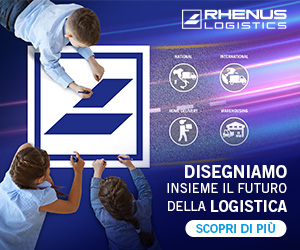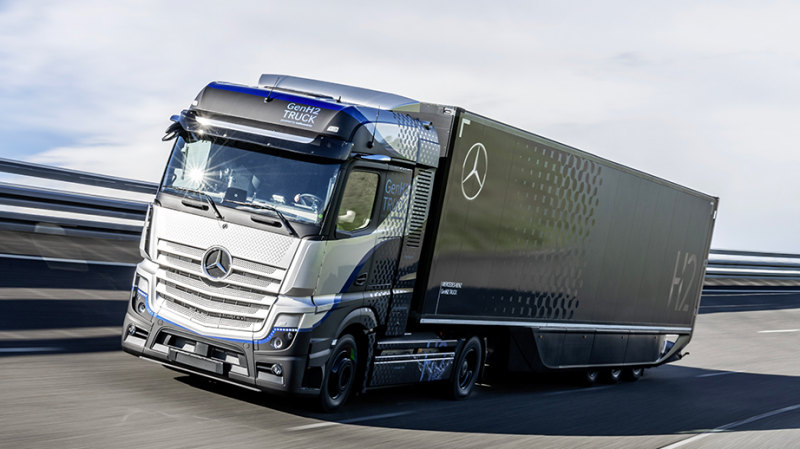The turning point came in 2022. According to data compiled by the association Fermerci, in Italy intermodal transport by rail exceeded traditional transport for the first time that year. In certain sectors, such as international routes, it now represents an even larger share. However, despite these significant achievements, there remains potential to capture new market segments, particularly in the transport of non-cranable road semi-trailers, a large presence in the market. Offering a viable and functional solution could open the doors of rail transport to these trailers as well.
Currently, this segment of the market remains largely untapped, except through the use of specialized technologies. To address this need, Cfl Multimodal has launched an initiative called Truck2Rail, which involves four other operators: Tip Group, a semi-trailer supplier; TX Logistik, part of the Fs group, with its Nikrasa technology; and Ermewa, a provider of freight wagon leasing services.
The driving force behind this initiative is the Luxembourg intermodal terminal at Bettembourg-Dudelange in the Eurohub South of Cfl Multimodal, with an annual capacity of 600,000 intermodal units. Here, various intermodal solutions, which can also be integrated with each other, have been compared. CFL Multimodal has recently expressed its willingness to use the Nikrasa technology, which involves vertical transshipment using special platforms where non-cranable semi-trailers are placed—essentially, an adapter that facilitates the handling of all types of loads.
The Nikrasa technology appears more flexible compared to another solution offered by the French company Modalohr, which has not seen widespread adoption because it requires the construction of specific terminals using special wagons with pivoting pockets.
Although Cfl Multimodal is promoting a comparison among interested operators, it has not expressed a clear preference for either of the two solutions mentioned, as both have their advantages and disadvantages. The rigidity of the Modalohr system is contrasted with the flexibility of the Nikrasa technology, yet it is surprising that the latter has not seen broader adoption among operators, despite being theoretically more competitive.
According to the Luxembourg company, it is possible to implement both horizontal and vertical transshipment solutions within the same intermodal structure. The key is to expand the availability of terminals to broaden the market with solutions aimed at all operators, without further distinguishing between types of semi-trailers. Only in this way can the share of intermodal transport be increased through concrete actions rather than the optimistic hopes found in one of the many "white papers."
Piermario Curti Sacchi






